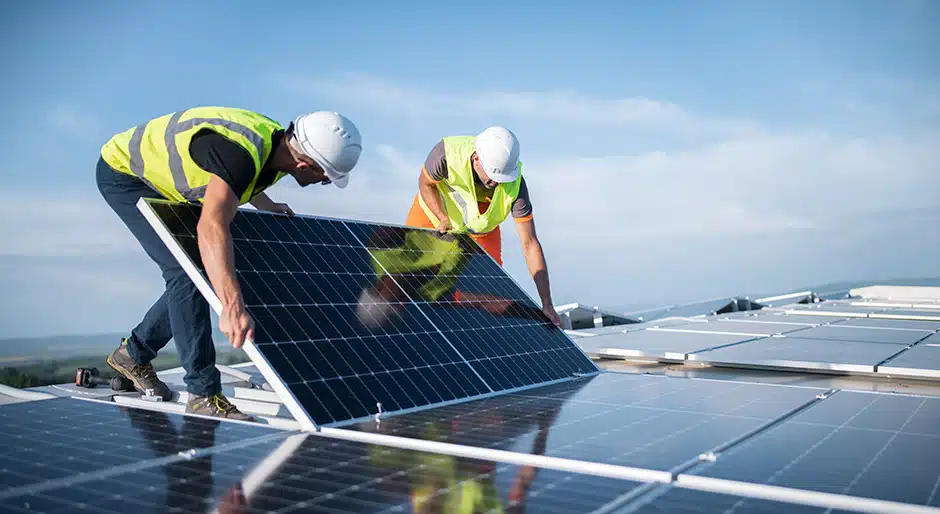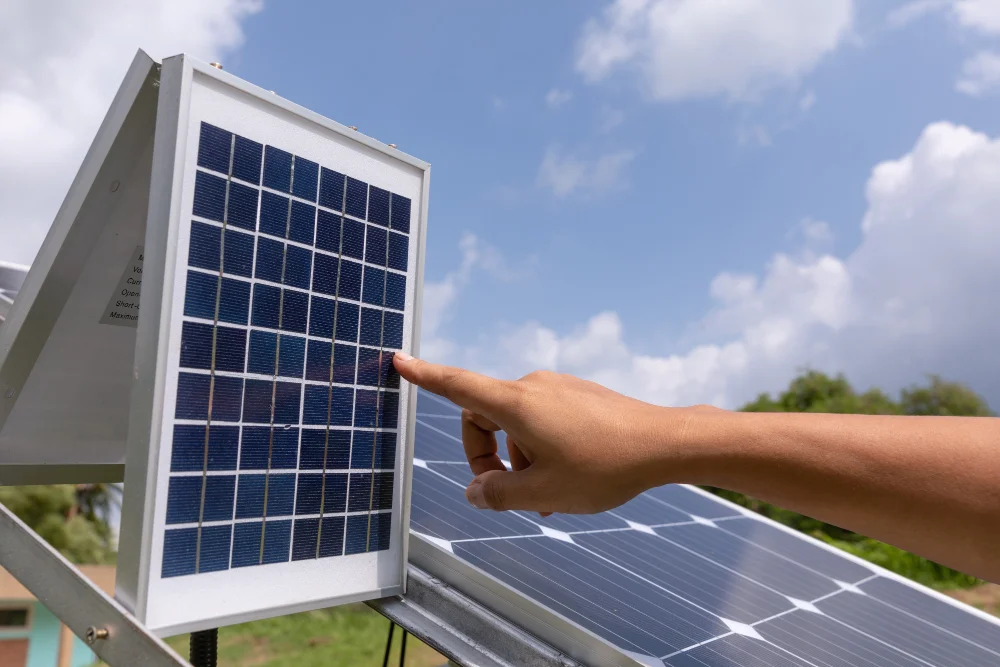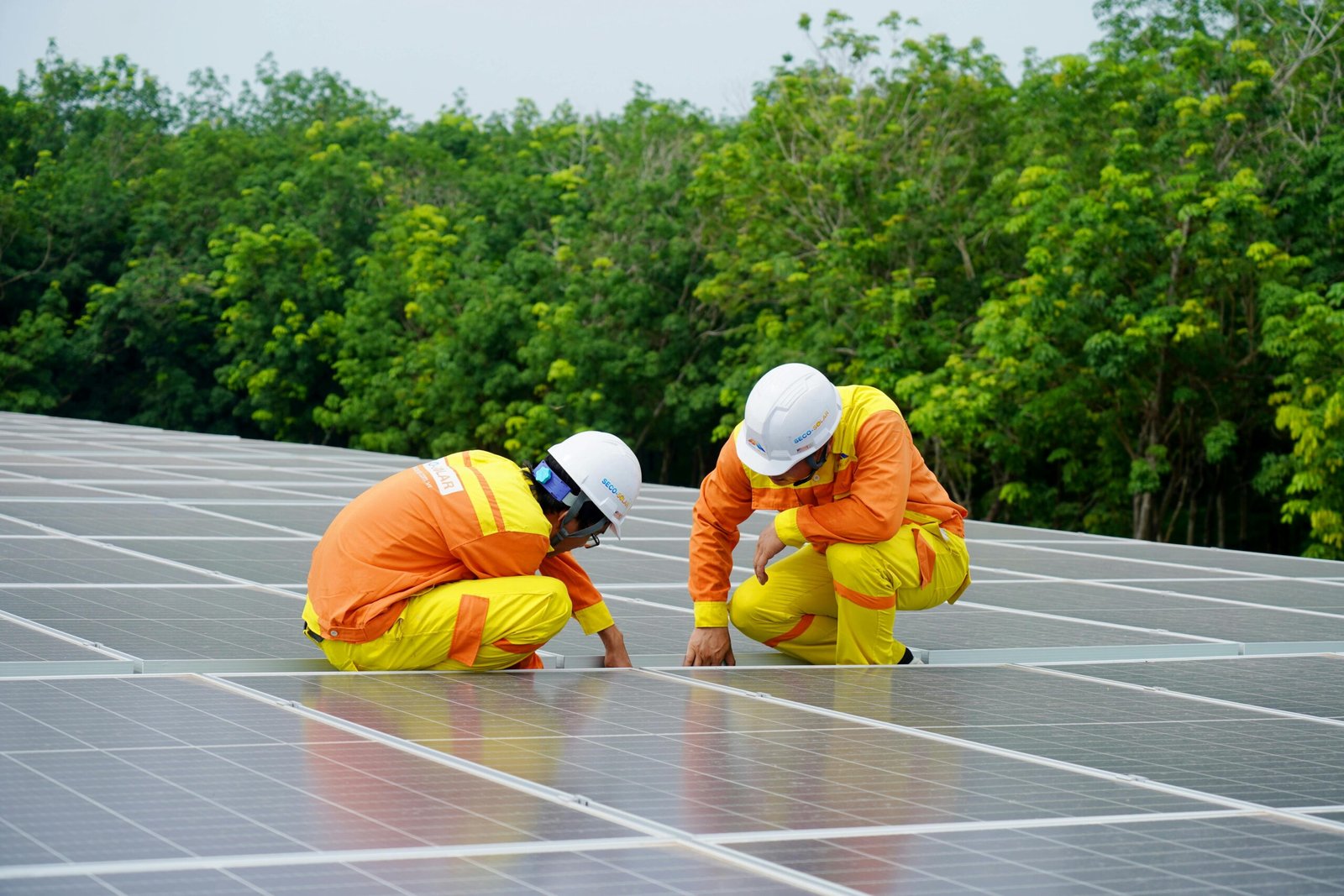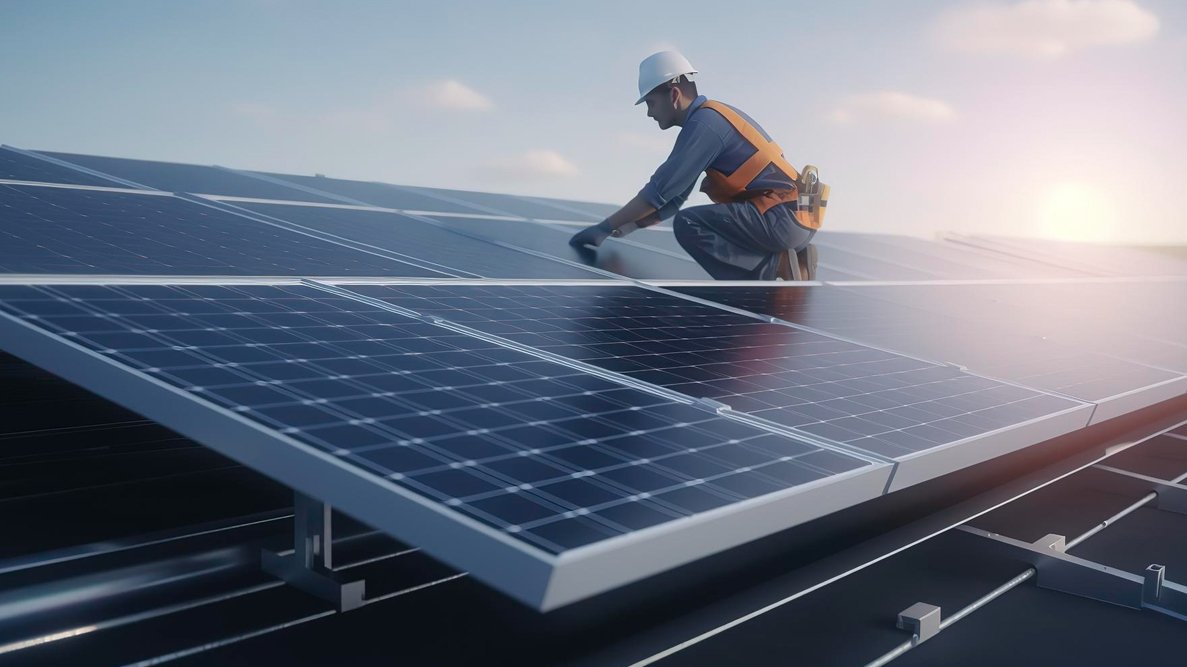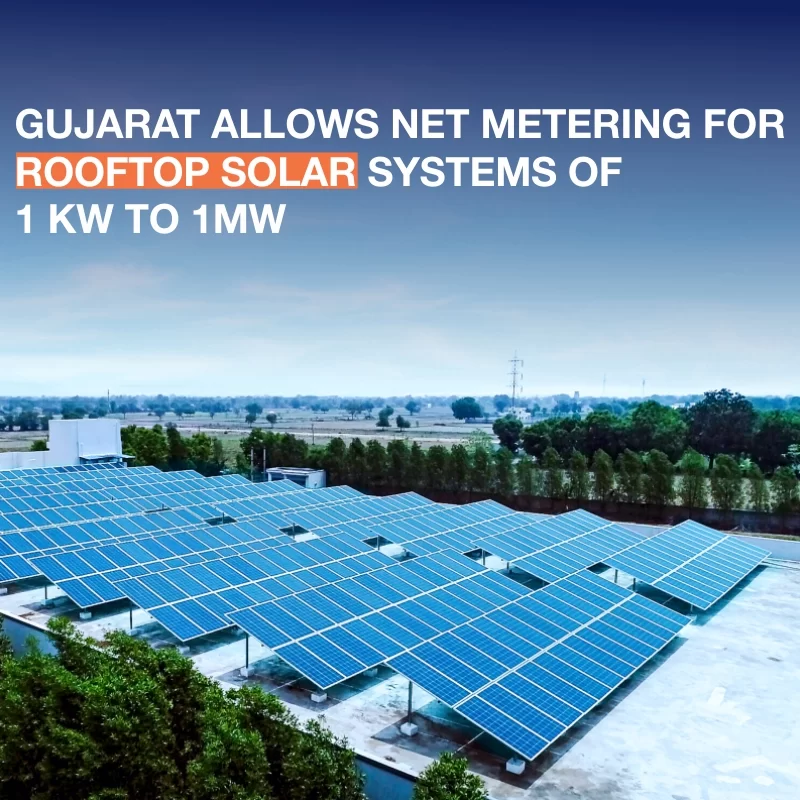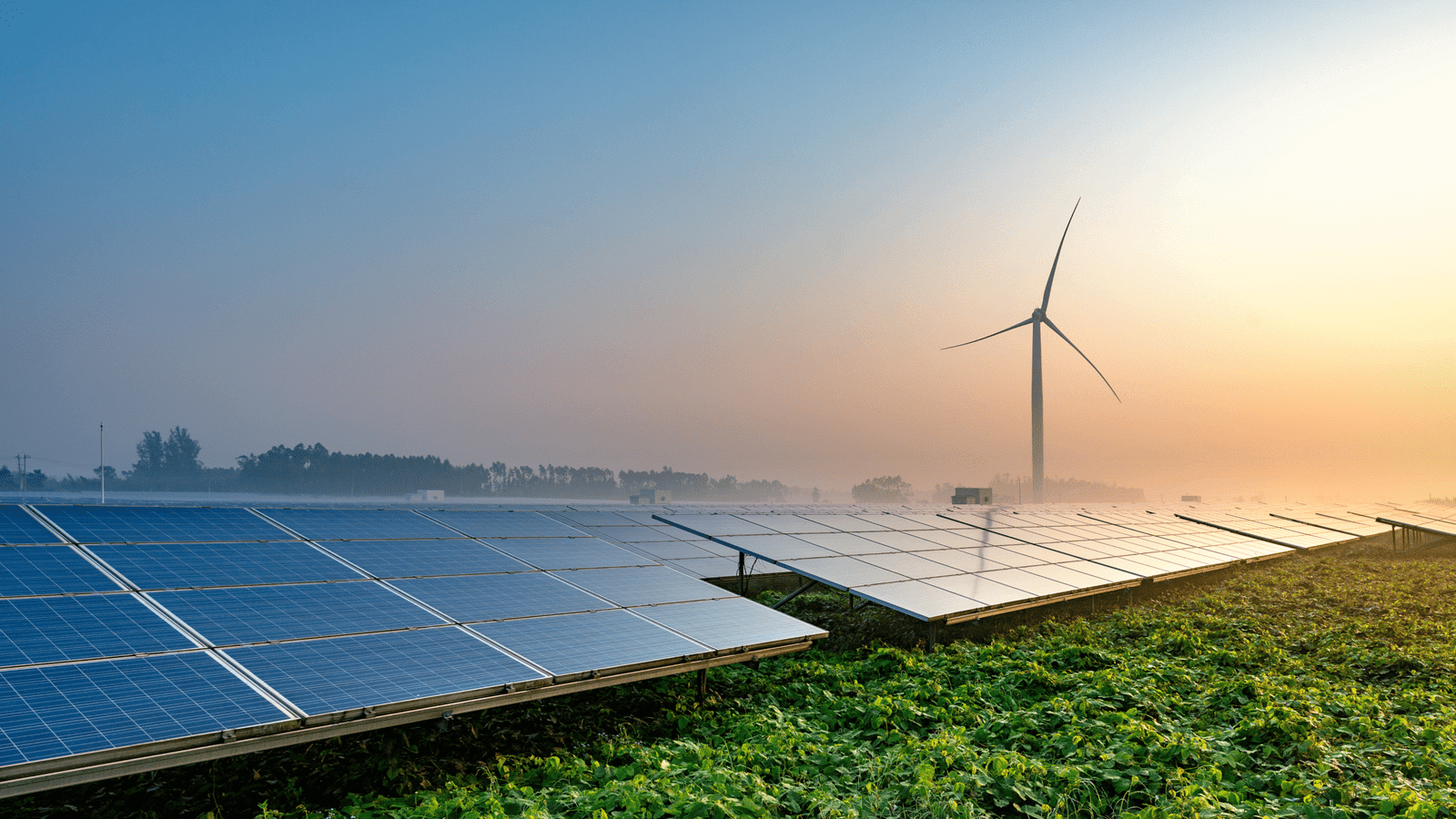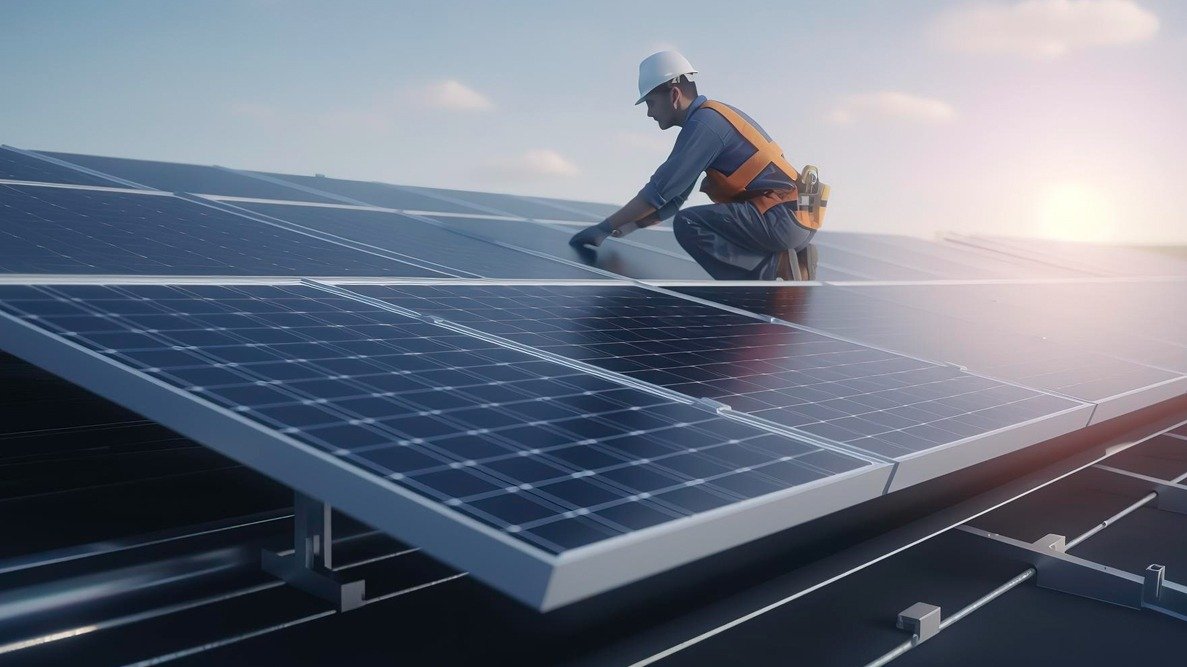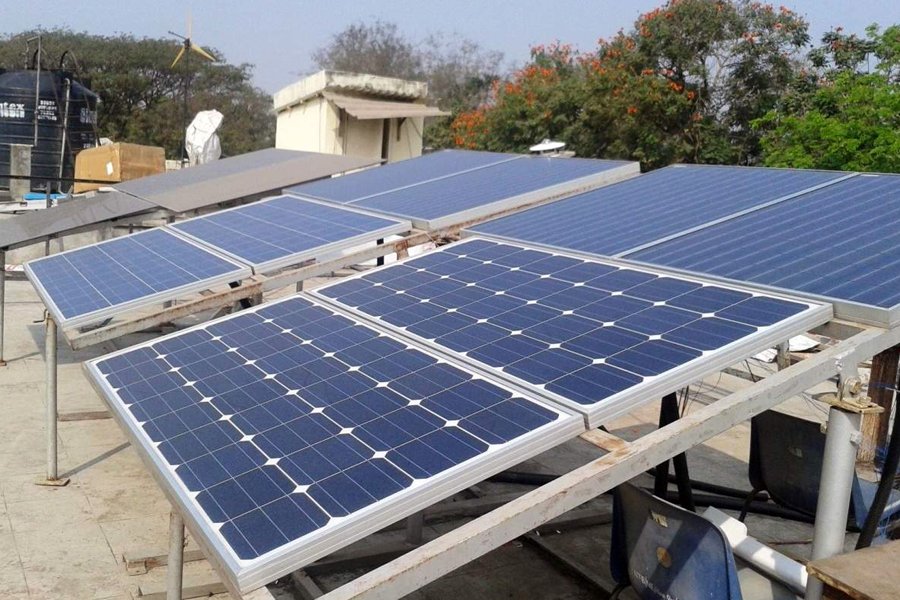India is a global leader in solar energy, ranking among the top ten countries for its adoption of this clean and renewable source. The country has ambitious plans to install 100 GW of renewable energy by 2022, with a major focus on solar power. As one of the world’s fastest-growing economies, India faces the challenge of reducing its carbon footprint while meeting its growing energy demand. Solar energy offers a viable solution to this challenge, as it is abundant, affordable, and eco-friendly. India is on track to achieve its solar target, with 14 GW of capacity expected to be added in 2019, according to Bridge to India. The country has also introduced various policies and incentives to promote the development of solar energy and the top solar manufacturers in the country.
Let us look at the top 5 solar manufacturers or industries:
Adani Solar
Adani Solar in the top solar manufacturers (PV) and EPC parts of the Adani Group, India’s largest corporate conglomerate. Logistics, energy, agriculture, and related businesses are all growing.
Adani Solar is India’s first and largest vertically integrated solar company, offering a wide range of goods and services in the photovoltaics industry. India’s climate goals and aim of embracing a healthier energy mix are aided by the company’s position in the solar manufacturing sector.
- Commissioning of projects with a capacity of more than 250 MW
- Over 400 MW are currently being built.
- Solar EPC company with the fastest-growing rooftop and distributed solar portfolio.
The cutting-edge technology, which includes machinery and equipment from the best-in-class providers, aims to aid with cost leadership, operational scale, and reliability requirements that meet worldwide benchmarks. Adani Solar is officially open for business.
Adani Solar has increased its yearly manufacturing capacity to 3.5 GW, placing it among the top 15 solar manufacturers in the world.
Mundra, Gujarat is home to India’s largest solar PV cell and module manufacturing, with a capacity of 1.5 GW.
Top Solar Manufacturers in India
Vikram Solar Limited
Vikram Solar Limited (previously Vikram Solar Pvt. Ltd.) is a global leader in solar energy solutions, specializing in high-efficiency PV module production (In top solar manufacturers) and turnkey EPC solutions.
- Modules with high-efficiency 2.4 GW+ shipped all over the world
- Complete operating and maintenance services servicing projects with a capacity of 660 GW or more
- With a global footprint spanning six continents and a key role in developing the solar revolution. In 2017, Vikram Solar increased its rated annual pv module manufacturing capacity to 1 GW
Since 2006, Vikram Solar Limited has been building on the Vikram Group’s rich tradition and vast production experience by carrying forward the Vikram Group’s rich legacy and extensive manufacturing experience.
Vikram Solar Limited is proud of its track record of installing and commissioning solar projects totaling more than 1355 MW across India. May 2020 includes continuing (Ground mounted & Rooftop).
Top Solar Manufacturers in India
Waaree Energies
Waaree Energies Ltd., formed in 1989 and headquartered in Mumbai, India, is the flagship company of the Waaree Group. At its factories in Surat and Umbergaon, Gujarat, it has India’s greatest Solar PV Module manufacturing capacity of 2 GW (In top solar manufacturers).
Waaree Energies is a leading provider of EPC, project development, rooftop solutions, solar water pumps, and Independent Power Producer services in India. Waaree operates in more than 350 locations across the United States and 68 countries across the world.
Manufacturer of 2 GW solar panels in India. The World’s Largest Manufacturer of Solar Panels is based in India.
Waaree Energies’ plant in Gujarat has India’s largest Solar PV Module manufacturing capacity of 2 GW, allowing us to provide our customers with high-quality, low-cost solar goods. Mono and polycrystalline PV Modules ranging from 3Wp to 450Wp are available for various on-grid and off-grid applications in India and are exported worldwide.
Top Solar Manufacturers in India
TATA Power Solar
Tata Power Solar is India’s most reliable and dependable provider of rooftop solar systems. India’s premier integrated solar company, excelling across the solar value chain from cell/module and solar product manufacture to rooftop and utility-scale solar project implementation (In top solar manufacturers).
The company has been a pioneer in India’s rooftop sector for more than 30 years, having commissioned the first solar installation in 1991 and now having a rooftop system installed base of more than 425 MW.
- Cumulative Solar Rooftop Of 425 MW++
- The Largest Solar Carport In India (2.67 MW)
India’s largest corporations, multinational corporations, and institutions have chosen us as their green energy partner. Over 10,000 home clients have chosen the company as their preferred partner. Bridge to India has been named India’s No. 1 Solar Rooftop EPC player for the past six years.
Soleos Solar : One of the Leading Solar EPC Globally
Soleos solar is significantly one of the most potent names playing with solar energy and is amongst the leading EPC providers in PAN India. Going to history, since its inception in 2005, own its footprint from some of the major continents like Europe, Asia, and Africa. Since then, empowered in some of the most important needs i.e., Solar Rooftop, Ground Mount, and Solar PPA.
Soleos proved to be a time-tested return on investment, for every connected customer, where there is a number of options available in the sector, Soleos heed over sustainable solutions in terms of every solar need, installing best quality of solar power plants running throughout the performance parameters.
What does Soleos have for you?
- Reliability
You don’t have to have prior knowledge and expertise for the implementation of such a complex process. The solar EPC companies in Gujarat, especially solar EPC companies in Ahmedabad are already equipped with subject matter experts and resources. You just have to entrust and select a reliable company such as Soleos and the entire process is streamlined.
- Convenience
If you want comfortable handling of your project, you could go with a full-fledged EPC technique where everything is under one contract, leaving you with one bill to pay if you are involved with a licensed company.
- Flexibility
If you wish to keep some stages under in-house implementation and sub-contracting other stages, solar EPC companies in Gujarat also give you the stretch.
- On-time deployment
If you are concerned about getting your project built on time, you just need to sit back and relax while Soleos, solar EPC company in Ahmedabad delivers you the best efforts on time.
- Finance
To provide additional affordability, only a handful of solar EPC companies in India provide financial assistance and loans for the projects.
- Maintenance
After successfully installing the project, the Solar EPC Companies in India provide end-to-end maintenance and monitoring. So, it is a long-term investment for the company providing you with seamless support.
- One-stop solution
The benefit of Hiring an EPC for a Solar project is that you don’t have to look for micromanagers for different solar problems. You could get a comprehensive solution from a single point of contact in a cost-effective manner. To go green and sustain that way, it is important to go for a reliable EPC with diversified operations.
- Return on Investment
Another advantage is that since the post-installation of the project, the EPC provides maintenance and monitoring, you tend to recover the investment in less than estimated years. It saves the time, cost and effort involved.

Take the next step in renewable energy by joining the Solarize Bharat pledge. Imagine your business not just as an entity benefiting from solar power but as a contributor to a nationwide movement, shaping the future of energy in our incredible nation.
Stay solar-powered and environmentally inspired!
P.S.: Share this blog with fellow solar enthusiasts to spread the word about the exciting world of solar energy!


